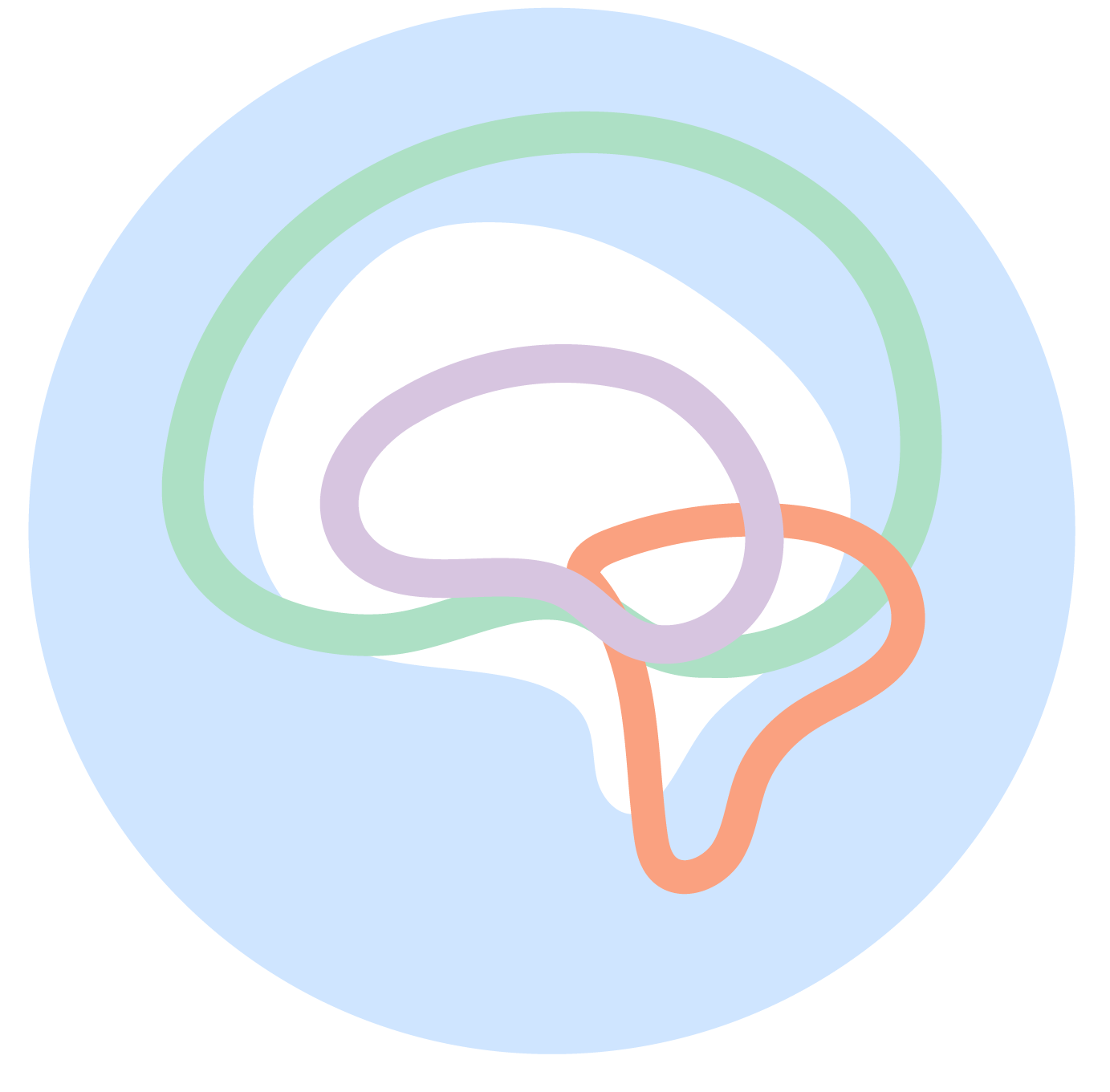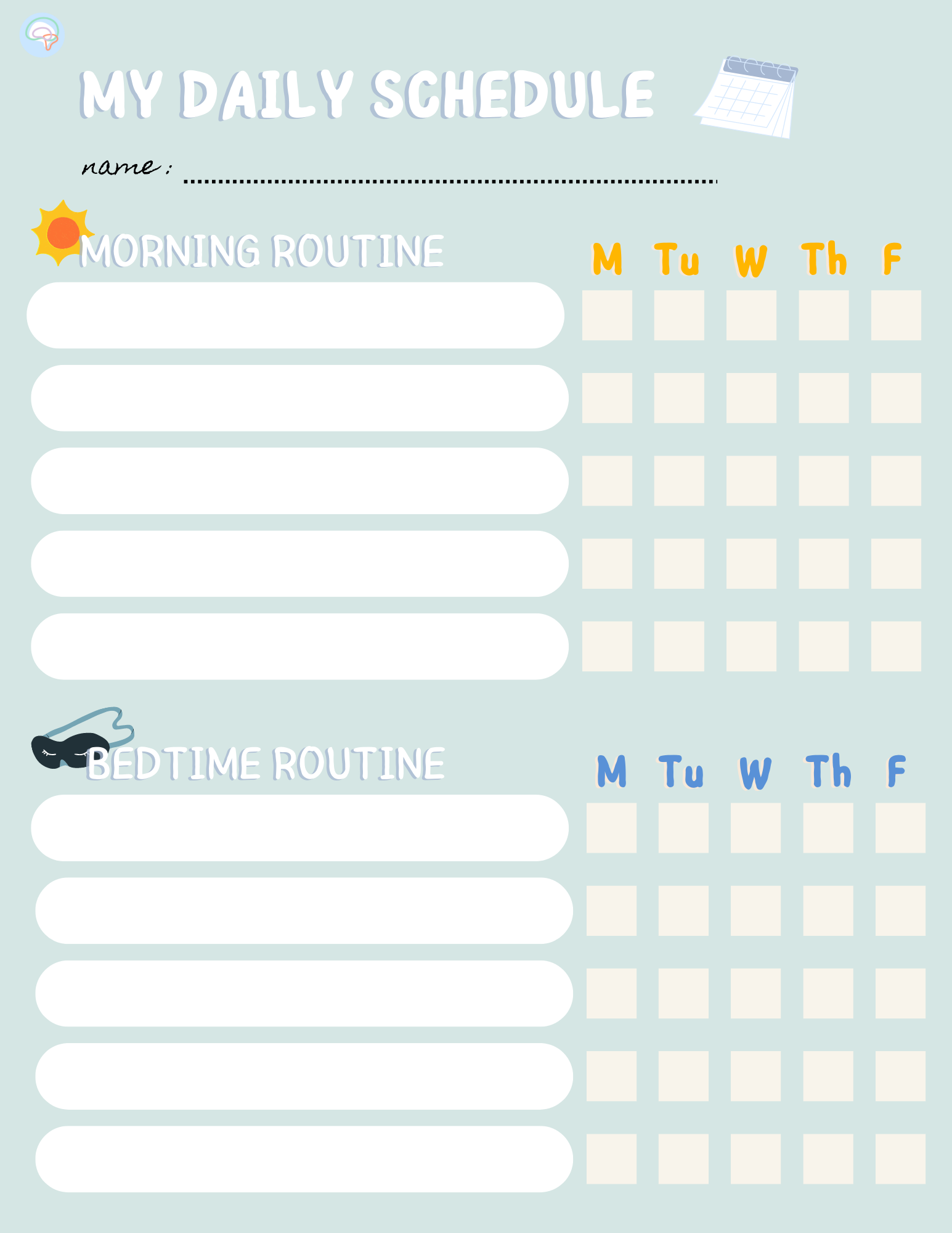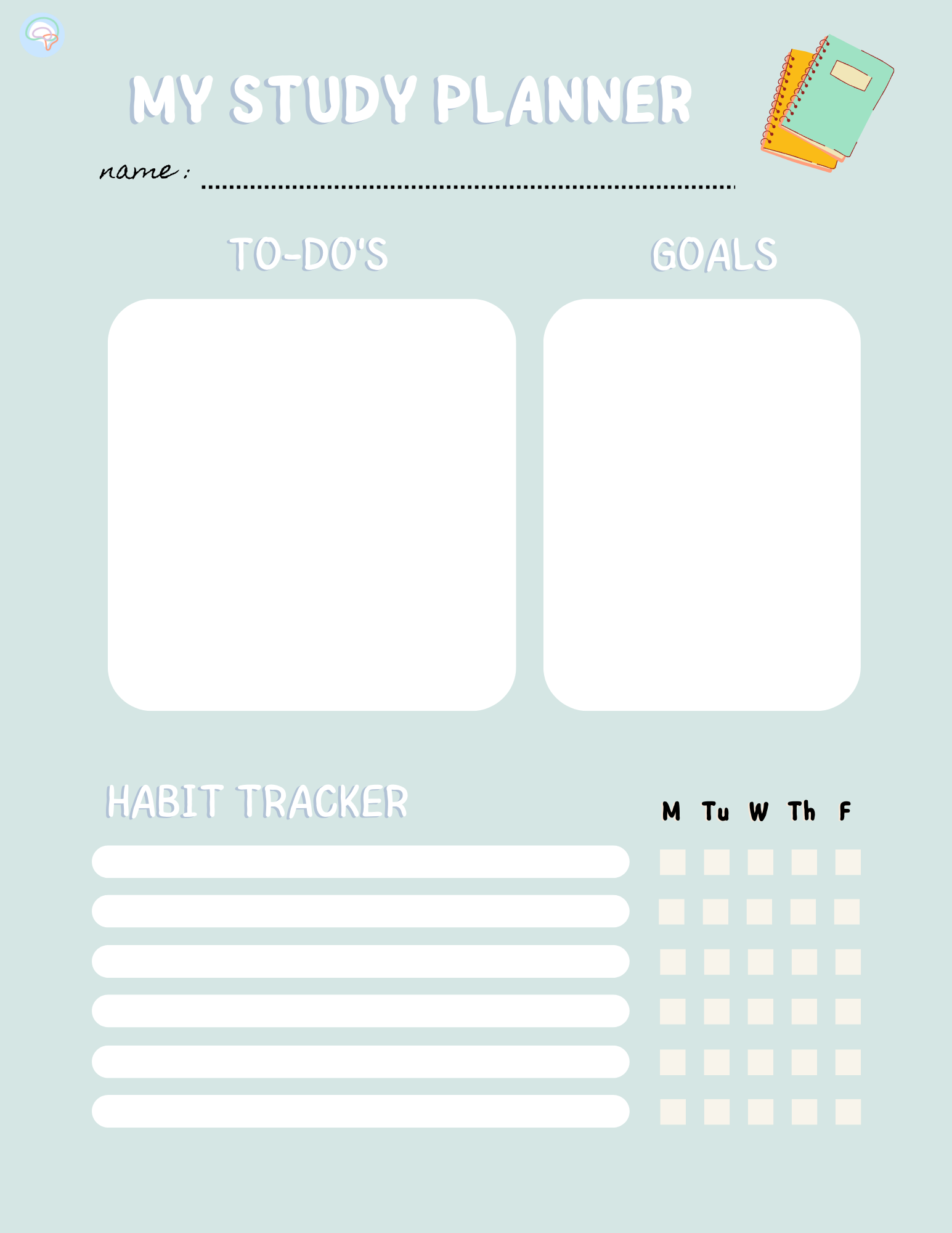Helping Students Transition Back to School After Summer
The transition from summer to school can’t be underestimated. It’s a window of time where children and teenagers are bound to feel overwhelming volumes of change happening all at once.
After approximately two and a half months without school, students are expected to adjust to different schedules, energy levels, social interactions, and mental stimulation.
Some kids may find this exciting and opportunistic. But we can’t dismiss the fact that many feel waves of anxiety, worry, fear, and stress instead.
Navigating this transition calls for more awareness within the household. Parents, caretakers, and students have to understand how this period of change can impact them mentally, emotionally, and physically. More importantly, it’s necessary to practice this awareness until students feel completely calm and comfortable with their new routines — which might take a few days or even a few weeks depending on the degree of change that a student is feeling.
In this blog, we discuss how each household can build an environment that helps students cope with the transition back to school after summer.
How to prioritize mental health this school year
Although there hasn’t been as much data on children's mental health over the course of the pandemic, the Child Mind Institute learned that many children who were under stress showed signs of anxiety, depression, attention issues, and sleep disturbances.
This was a focal point of families and educators as children returned to in-person learning last year. We need to continuously bring that emphasis forward and improve how families and educators can support the mental health and emotions of students at the start of the school year.
Researchers suggested prioritizing social-emotional learning (SEL) in the classroom to ease the nerves of a post-pandemic return. However, we can still apply small habits modeled after SEL fundamentals to develop healthy attitudes as summer ends.
⭐️ What is SEL? ⭐️
A definition by the Collaborative for Academic, Social, and Emotional Learning (CASEL)
SEL is the process through which all young people and adults acquire and apply the knowledge, skills, and attitudes to develop healthy identities, manage emotions and achieve personal and collective goals, feel and show empathy for others, establish and maintain supportive relationships, and make responsible and caring decisions.
Here are a few tips to help kids and teenagers prioritize mental health awareness as they prepare for school:
Daily check-ins
Author and scholar, Dr. Robyne Hanley-Dafoe shares with Psychology Today that she uses a three-pronged approach as the school year edges closer — caring for the heart, mind, and body. This gives children the ability to depend on adults who can be emotionally available and present with them.
A note for parents and caretakers: You can use these questions as natural conversation starters with your children when the topic of school comes up or if any signs of stress and discomfort begin to show.
A note for teenagers: You can run through these questions by yourself, with family or even with friends A good time for check-ins includes right before you go to bed, when you wake up in the morning, or at any point where you feel anxiousness that you can’t identify.
Build new schedules and routines
The most noticeable change back to school season brings is a difference in routine. This big shift can easily affect a student’s focus, mood, and energy if not managed correctly. Easing into a new set routine in the days leading up to school can help ease the adjustment period. Students can start incorporating incremental changes in their morning and night schedules so they can fall back into a school day rhythm by the end of summer.
Here are a few other tips parents and caretakers can use with younger kids:
☀️ Morning routine:
Wake them up 15 minutes earlier every day in the last few days of summer for a smooth and gradual transition
Define a series of simple steps they can follow when they wake up in the morning so they know what to expect
Give them something engaging and fun that they can look forward to, like a 5-minute stretching routine they can follow when they wake up or preparing a breakfast that they would enjoy
Don’t forget to praise them when they complete steps in their morning routine so they can feel more confident in themselves
🌙 Night routines:
Identify their sleeping patterns over the summer and set a reasonable but earlier bedtime in the last few days of summer — have them sleep 15 minutes earlier every day until they reach their regular school day bedtime
Carve out time before bed so they can process their worries for the day with you and not bring that anxiety into their sleep
Slowly limit their time on devices right before bed
Save these templates and make an activity out of
building weekly schedules!
Validate and affirm
The start of a new school year always feels like a big chapter. It’s a feeling we can all remember, right? The excitement of starting new, the butterflies that come with setting different expectations, and obviously, the fear of not doing well.
At times like this, students need an environment that validates their worries and builds their confidence. Parents and caretakers should promote positive thinking at home by:
Listening to what children have to say. Don’t quickly dismiss anxiety with sweeping generalizations like “there’s nothing to worry about.”
Working together with them to understand their worries and form suitable solutions. You can do this as a casual chat, or give them a space to journal and express themselves.
Affirming them when they’ve done a good job. It’s easy for them to assume that they’ve done things wrong or are not good enough. Show them otherwise.
Check out My Good Brain’s resources page to learn more about encouraging self-expression with art! 🎨
Create a sense of community
The relationships that students build in school can make or break their entire experience. As they prepare for their first day of school and the intense flood of social interactions that come with it, try to ease them into better social awareness habits.
The adults around them have a responsibility to lead by example and show students what it means to create healthy and loving communities. All this starts at home and in the spaces where children spend the most time in — even digital spaces, which take up a lot of a student’s attention during the summer. There are a few steps you can take to actively promote better relationship-building at home:
Communicate with intention and positivity
Let students spend quality time outdoors with family members and peers (check out local summer events happening in your city or neighborhood!)
Resolve all conflicts respectfully and constructively
Be fully present for them at all times — if you can’t be there for them now, make time later.
Make the last few days of summer special!
It’s not easy to digest the end of a summer vacation — but don’t let students dwell on it. Give them a summer to remember by making fun plans and giving them the space to create a perfect end to their break. Helping kids and teenagers step into the school year with no regrets is the first step to setting a positive attitude for the months to come.



